ORIENTATION
Looking at two locations— the public sculpture White Square commemorating the founders of Tel Aviv, and the shrine of Palestinian village Salame in today’s Israeli Kafar Shalem—Orientation focuses on the ability of architectural material, and of sound and image, to register collective experience.
In 1989, the Israeli sculptor Dani Karavan, completed his sculpture White Square. The work was commissioned by the Municipality of Tel Aviv, and by the end of the building process Karavan decided to dedicate the sculpture to the founders of Tel Aviv—among whom his father Abraham Karavan, who was the city’s landscape architect for four decades from 1930’s onwards. The sculpture is composed of simple geometrical shapes and is made of white concrete, influenced by the International Style of early architecture in Tel Aviv. White Square—situated on the highest point in the area located in the eastern outskirts of Tel Aviv—overlooks through the skyscrapers all the way to the Mediterranean Sea in the west. The commonly used name of the hill on which White Square is exalted is pronounced in Arabic: “Giv’at Batih” (Watermelon Hill).
The remains of the shrine of Salame, in today’s Tel Avivian neighbourhood Kfar Shalem is located a few hundred meters south of this hill. The abandoned dome-structure was once at the centre of the ancient Palestinian village Salame. The village, dating back to the 16th century up until 1948, was located on the highway from Jaffa Port to the mainland. During the ‘Nakba’ of 1948 it was occupied and depopulated by the Israeli Army and the new Zionist state. Weeks after expelling the Palestinian villagers from their land, the Israeli authorities—managing waves of Jewish immigration—re-inhabited the village with Yemenite Jews. Those, were settled in the original Palestinian stone houses. Today, decades later, the ownership of the land is still in dispute, and the Jewish-Israeli residents of Kfar Shalem are threatened with evacuation due to a construction-corporations’ plan to destroy the stone houses and to build a new profitable neighbourhood. Orientation is the second chapter in a series of works titled Gathering Series.
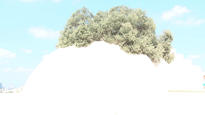
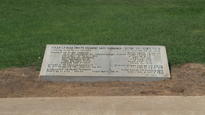
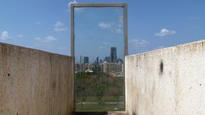
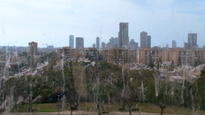
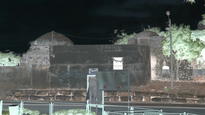
- Format DIGITAL FILE(DIGITAL FILE)
- Color system PAL
- Color col.
- Year 2015
- Duration 00:12:47
- Languageinfo
Subtitles: English UK
Running text/titles: English UK
Spoken: Hebrew
-
Artists
-
EVENTS